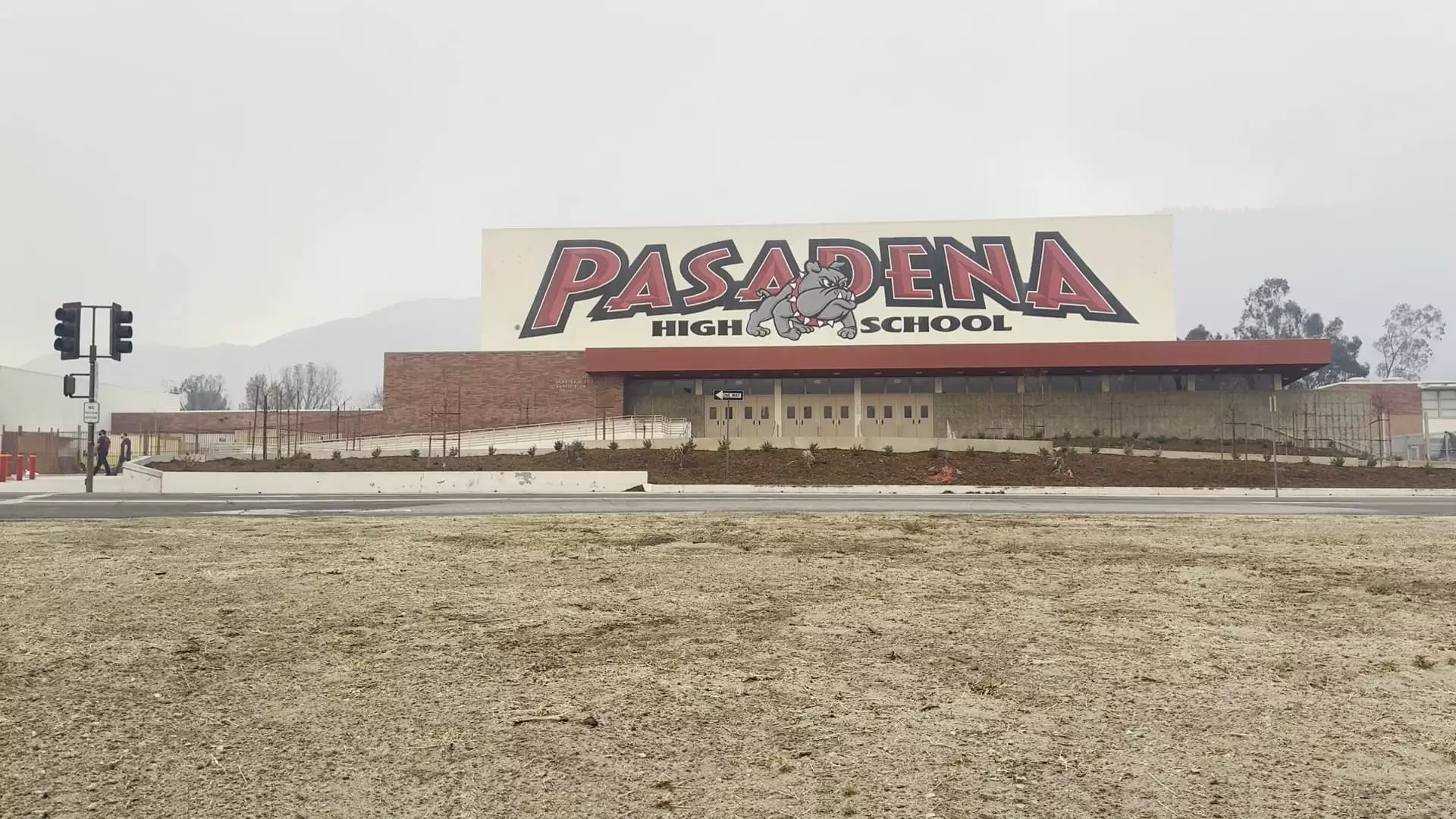The American public education system, once heralded as a beacon of hope and opportunity, is now teetering on the brink of disaster. With the expiration of federal pandemic relief funds, slated for 2025, an alarming financial reckoning looms over school districts across the United States. This potential crisis is not merely a budgetary hiccup but a cataclysmic event that threatens the very fabric of our educational infrastructure.
The Illusion of Security
For the past few years, schools basked in an unprecedented influx of federal dollars, thanks to the Elementary and Secondary School Emergency Relief funds. This financial bonanza was intended to bolster academic recovery in the wake of Covid-19. However, as history teaches us, dependence on temporary funding creates a precarious illusion of stability. The reality is stark: as those funds evaporate, the illusion fades into cold hard facts. The anticipated loss of 250,000 jobs—an aggregate worth of $24 billion—hangs like a dark cloud over educators and students alike.
Marguerite Roza, director of the Edunomics Lab at Georgetown University, encapsulates this looming threat with unsettling clarity. She points out how school districts were warned about the perils of relying too heavily on temporary funding. Instead of careful financial stewardship, many took a gamble, akin to a family winning the lottery, naively believing that a windfall would sustain them in the long term. Now, as we approach 2025, we are headed towards what Roza ominously terms “the bloodletting”.
The Enrollment Drain
Compounding the financial turmoil is a troubling trend: declining student enrollment. The repercussions of lower birth rates and significant migration out of states like California have gravely reduced the student population. This decline translates directly to less funding, creating a vicious cycle where reduced enrollment results in fewer resources. Districts are now caught in a paradox—having overstaffed their institutions during the pandemic while simultaneously facing the reality of dwindling students.
This situation mirrors a larger societal issue where instead of adapting to new realities, decision-makers cling to outdated models of operation, further exacerbating an unsustainable staffing structure. The pandemic led some educators to believe that sheer numbers would help fix learning gaps; however, the very opposite is proving true.
A Bleak Outlook
Behaviors among school districts have varied widely in responding to this evolving crisis. While some have taken proactive measures to phase out excess staff through attrition or retirement incentives, others have ignored the signs, failing to devise exit strategies. The inevitable consequence is a shockingly tight financial contraction that threatens not only jobs but also the quality of education our children receive.
The painful but necessary measures of layoffs and program cuts are not decisions that any educator or administrator undertakes lightly. Mike Fine, CEO of the Fiscal Crisis and Management Assistance Team, articulates the collective anguish felt within education communities. This situation is not merely about numbers on a balance sheet; it encapsulates the essence of public service, where teachers, counselors, and administrative staff aim to uplift society, not dismantle it.
As we look forward, it becomes clear that an urgent and transformative approach is needed. Continuing down this path without reevaluation will secure a vision of education that is misaligned with future needs. The time for reform is now; the stakes could not be higher.

Leave a Reply